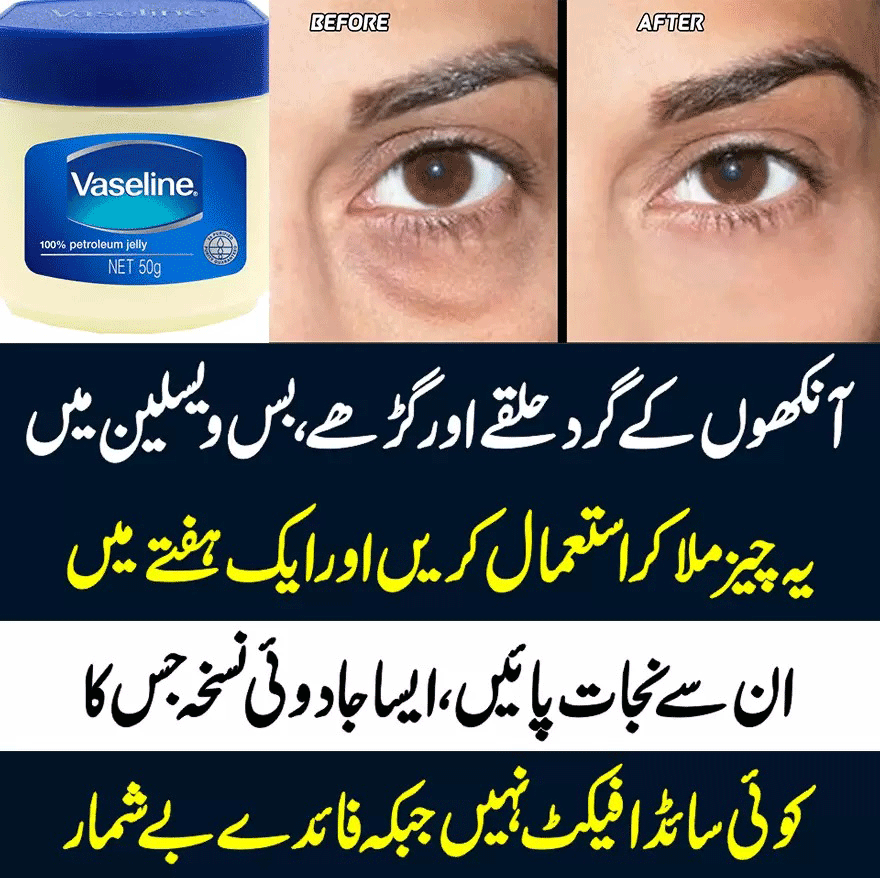
Are you troubled by uneven skin tone and dark spots on your face? If so, you’re not alone. Many individuals grapple with pigmentation issues, affecting their self-esteem and confidence. Fortunately, advancements in skincare have led to various pigmentation treatments that can help restore your skin’s natural radiance.
Pigmentation: Our skin gets its color from a pigment called melanin, produced by cells called melanocytes. Factors like sun exposure, hormonal changes, and aging can lead to an overproduction or uneven distribution of melanin, resulting in pigmentation issues such as dark spots, sun spots, and melasma.
Pigmentation Treatment on Face Video (Urdu)
Sunscreen: Your Shield Against Pigmentation
The first line of defense against pigmentation issues is prevention. Daily application of a broad-spectrum sunscreen is crucial in protecting your skin from harmful UV rays. Sunscreen not only prevents further damage but also aids in maintaining the effectiveness of pigmentation treatments.
Topical Treatments for Pigmentation: The Gentle Approach
Topical treatments are a popular choice for addressing pigmentation concerns. Ingredients like hydroquinone, kojic acid, and vitamin C can help lighten dark spots and even out skin tone. These treatments work gradually, so patience is key. Additionally, incorporating retinoids into your skincare routine can promote cell turnover and enhance the effectiveness of other pigmentation treatments.
Chemical Peels: Unveiling Fresh Skin Layers
Chemical peels involve the application of a chemical solution to exfoliate the outer layers of the skin. This process helps to remove pigmented cells, revealing newer and more even-toned skin. Glycolic acid and salicylic acid are common choices for chemical peels, and a series of treatments may be recommended for optimal results.
Laser Therapy: Precision in Pigmentation Correction
Laser therapy has revolutionized pigmentation treatment, offering precise targeting of dark spots without affecting the surrounding skin. Intense Pulsed Light (IPL) and laser resurfacing can effectively break down melanin, leading to a more uniform complexion. Consultation with a dermatologist is crucial to determine the most suitable laser treatment for your specific pigmentation concerns.
Microdermabrasion: Polishing Away Imperfections
Microdermabrasion is a non-invasive procedure that exfoliates the outer layer of the skin using tiny crystals or a diamond-tipped wand. This gentle abrasion helps in reducing pigmentation, fine lines, and sun damage. While multiple sessions may be needed, the minimal downtime makes microdermabrasion an attractive option for those with busy lifestyles.
Combination Therapies: A Holistic Approach
For stubborn pigmentation issues, a combination of treatments may be recommended. Combining topical agents with laser therapy or chemical peels can provide comprehensive results. This personalized approach ensures that each aspect of pigmentation is addressed, leading to a more satisfying outcome.
Post-Treatment Care: Nurturing Your Newly Revealed Skin
Regardless of the treatment chosen, post-treatment care is crucial for maintaining results and preventing future pigmentation issues. This includes diligent sun protection, hydration, and adherence to any recommended skincare routines. Your dermatologist will guide you on the specific post-treatment care needed for your unique skin type.
In conclusion, the journey to achieving a clearer and more even complexion involves understanding the causes of pigmentation and choosing appropriate treatments. Whether opting for topical solutions, laser therapy, or a combination of treatments, consistency and patience are essential. By following a customized skin care plan and embracing post-treatment care, you can unveil the secrets to radiant and pigmentation-free skin. Remember, consulting with a dermatologist is the first step towards a personalized pigmentation treatment journey tailored to your unique needs.






